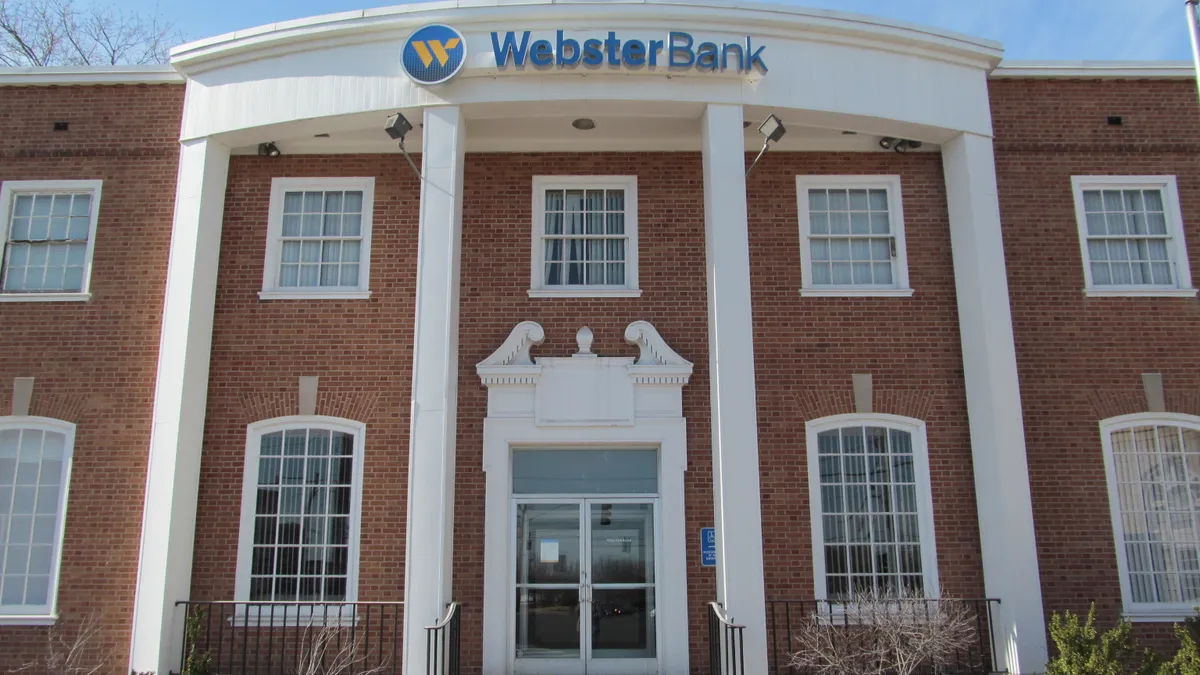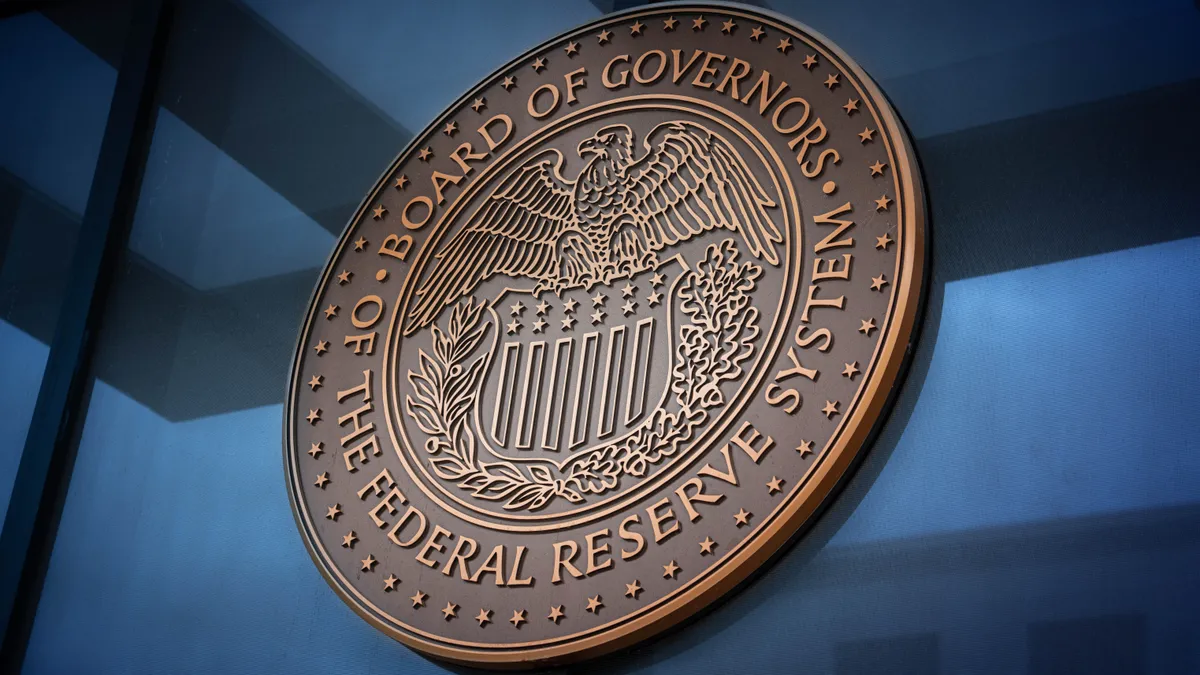Job cuts tied to Citi’s reorganization have totaled 7,000, up from the 5,000 the bank initially targeted, CEO Jane Fraser said Friday.
Last month marked the end of the Citi’s massive overhaul, Fraser said during a first-quarter earnings call, leaving the bank “nimbler” and with “frankly, much less bureaucracy and needless complexity.”
Ultimately, about 7,000 positions were cut – more than the bank initially outlined – generating $1.5 billion of annual expense savings, she said.
The simplification of the business included eliminating layers of management and cutting a number of committees in certain geographies, among other aspects. “I’m much closer to the businesses and the clients,” Fraser said. “It makes it much easier for [CFO] Mark [Mason] and I and the rest of the team to run the bank like an operator versus the head of the company.”
During the quarter, Citi wrote down $225 million in restructuring charges mainly related to the reorganization and $258 million of repositioning costs largely related to “efficiency efforts,” Mason said.
In total, the bank has incurred about $1 billion in restructuring costs over the last two quarters, Mason said. He added that Citi will continue to invest in its tech modernization “to ensure we continue to get it right.”
The CFO also noted Citi executives expect the lender’s capital requirements to drop over time based on the reorganization and the benefits envisioned with Citi’s transformation.
Citi reported net income of $3.4 billion for the quarter, on revenues of $21.1 billion, according to an earnings release.
Paying the DIF
JPMorgan Chase, Wells Fargo and Citi all logged increased costs in the first quarter related to the Federal Deposit Insurance Corp.’s special assessment.
During the quarter, JPMorgan noted a $725 million increase; San Francisco-based Wells, an additional $284 million; and Citi, an extra $251 million, to be put toward the Deposit Insurance Fund. Last year’s regional bank failures ended up being more costly than expected, with big banks shelling out more to replenish that fund.
Wells resolves enforcement action
Wells CEO Charlie Scharf highlighted the bank’s resolution of an enforcement action during the first quarter. That was the sixth resolved since Scharf took the helm of the bank in 2019, as Wells has sought to move past its 2016 fake-accounts scandal.
Scharf called it an important milestone for the bank, “as it is confirmation that we operate much differently today around sales practices,” he said during the call. “Our risk and control work remains our top priority and closing consent orders is an important sign of progress.”
Building out the bank’s risk and control framework is an ongoing effort, and the bank is willing to spend whatever’s necessary to get the risk and compliance work done, Scharf told analysts. The bank has added about 10,000 employees across multiple risk- and control-related groups and Wells is spending about $2.5 billion more per year than in 2018 in those areas, he said.
Still, “until we complete our work and until it is validated by our regulators, we remain at risk of further regulatory actions,” Scharf said. “Additionally, as we implement heightened controls and oversight, new issues could be found and these may result in regulatory actions.”
He also noted the bank still faces a “reputational overhang” from the $1.95 trillion asset cap imposed on the bank by the Federal Reserve in 2018. Bank executives have said they envision that cap remaining in place into 2025.
For the first quarter, Wells reported net income of $4.6 billion, on revenues of $20.9 billion, according to an earnings release.
Dimon cautious on economic outlook
When asked by an analyst, JPMorgan CEO Jamie Dimon seemed hesitant to prognosticate on the broader economic outlook. Consumers and businesses are in good shape currently, but “we don’t really know what’s going to happen,” Dimon said. He noted geopolitical concerns and variable election outcomes, among other unknowns. “We’re OK right now,” but “that does not mean we’re OK down the road,” he said.
“I don’t know the outcome, we don’t want to guess the outcome, I’ve never seen anyone actually positively predict a big inflection point in the economy literally in my life or in history,” Dimon added.
When another analyst brought up the possibility of more regional bank failures this year and the competition the bank could face from private equity or other private-credit buyers if it moves to acquire a failing bank, JPMorgan CFO Jeremy Barnum said he didn’t want to speculate. JPMorgan acquired First Republic last May after that lender failed.
“Right now, we don’t see a lot of compelling opportunities to deploy the capital,” Barnum said. “But if opportunities arise, despite the uncertainties about Basel III endgame, we will be well-positioned to deploy it.”
JPMorgan reported net income of $13.4 billion, on revenues of $41.9 billion, according to an earnings release.






















